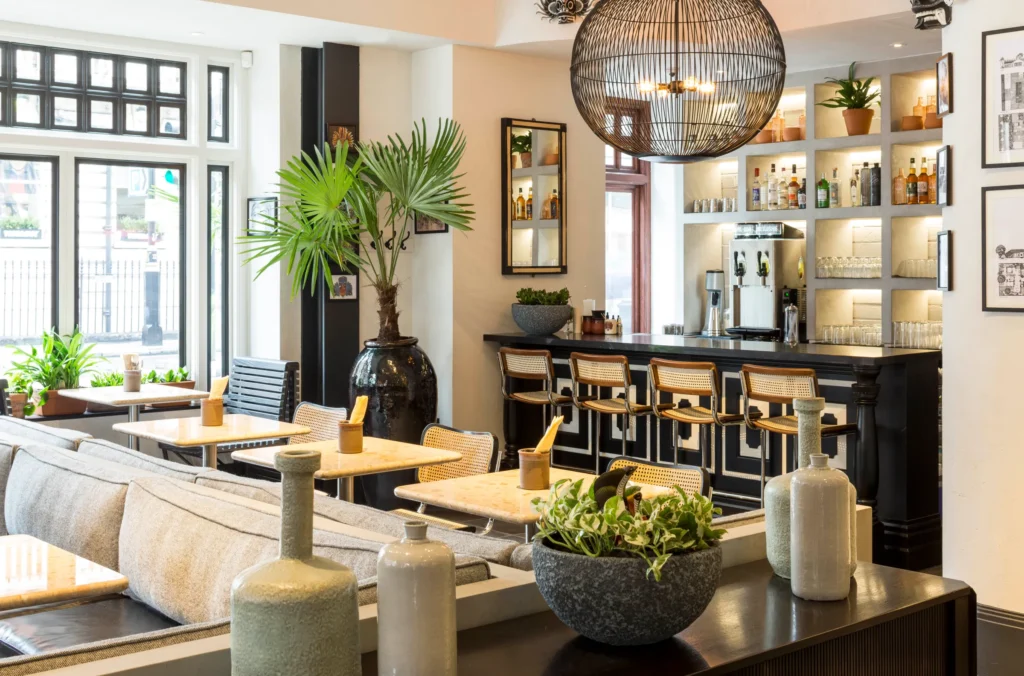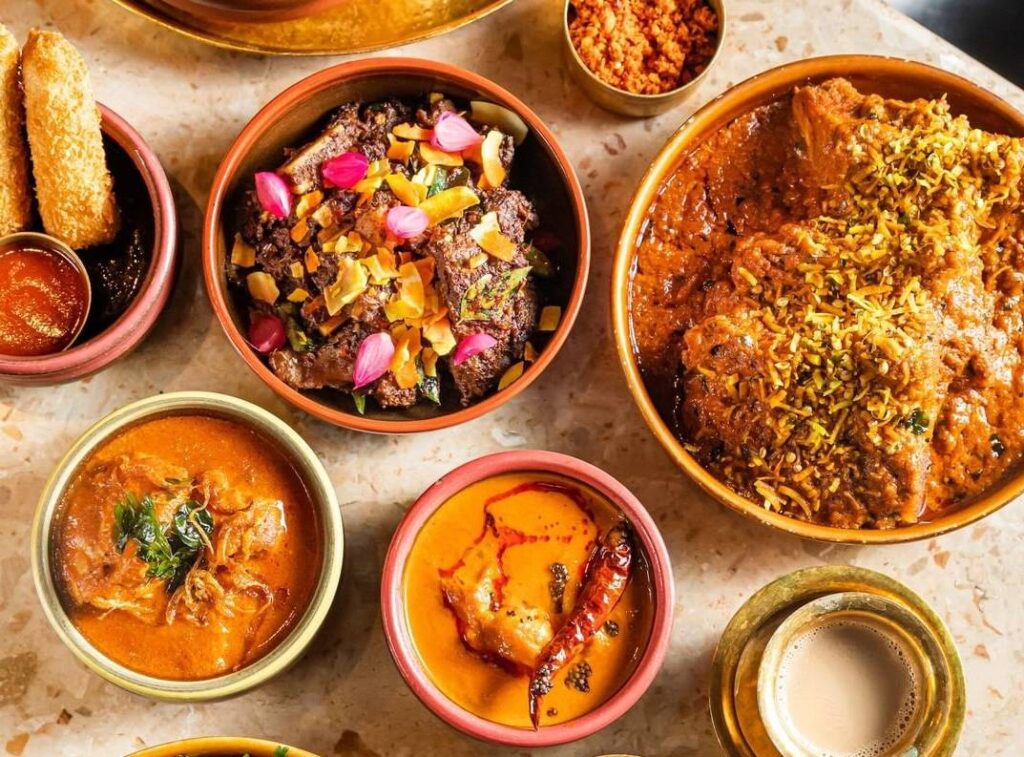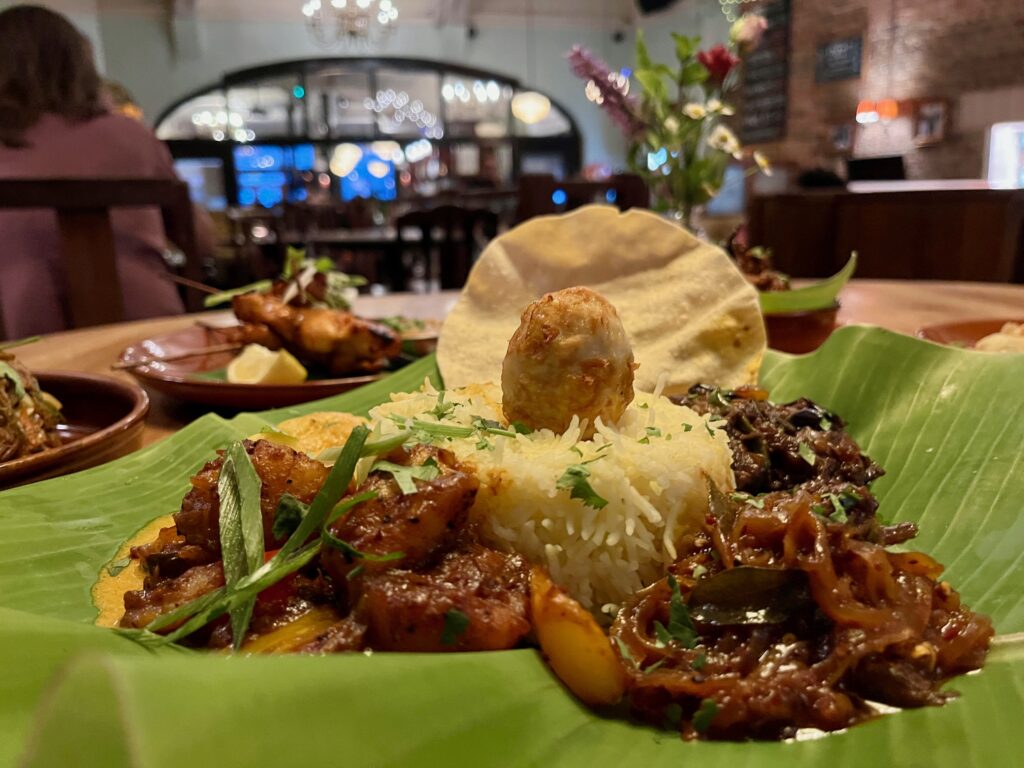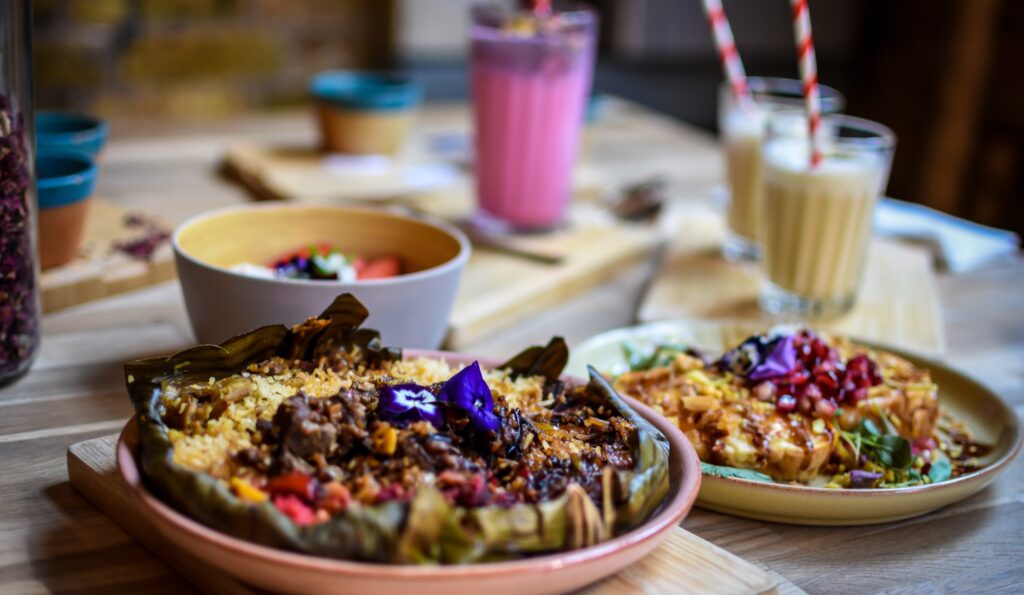Sri Lankan Restaurants in London: A Comprehensive Culinary Guide
London’s food scene is celebrated worldwide for its diversity and vibrancy, showcasing an impressive array of international cuisines. Among these, Sri Lankan restaurants have steadily carved out a unique space, enchanting diners with bold flavours, aromatic spices, and a rich culinary heritage that reflects the island’s cultural mosaic.
This article explores the Sri Lankan restaurant in London, examining its evolution, what makes the cuisine distinctive, and highlighting some of the best places to experience authentic Sri Lankan dining.
The Rise of Sri Lankan Cuisine in London
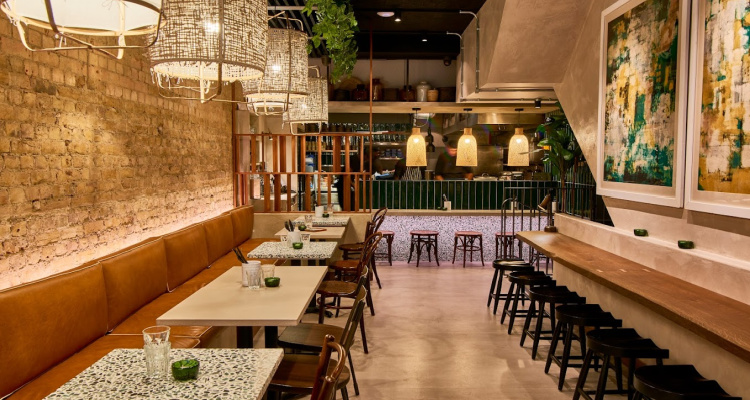
For many years, South Asian food in London was predominantly associated with Indian and Pakistani cuisines. However, as Londoners became increasingly adventurous and interested in authentic regional experiences, Sri Lankan cuisine began to emerge more prominently. This growth reflects both the rise of the Sri Lankan diaspora and a broader trend towards celebrating less-explored culinary traditions.
Sri Lankan food is an intriguing blend of flavours shaped by historical trade routes and colonial influences. With elements borrowed from South Indian, Dutch, Portuguese, and British culinary traditions, the cuisine stands out for its generous use of spices, coconut, and rice-based dishes.
What Defines Sri Lankan Cuisine?
To appreciate the offerings at Sri Lankan restaurants in London, one must understand the essence of the cuisine. Sri Lankan food is characterised by:
- Spices and Aromatics: Curry leaves, cardamom, cinnamon, fennel, and cloves are used liberally, creating complex layers of flavour.
- Coconut: Coconut milk, grated coconut, and coconut oil feature prominently, adding a creamy texture and subtle sweetness.
- Rice and Curry: The staple meal often includes a serving of rice accompanied by a variety of curries, ranging from mild vegetable dishes to fiery fish or meat curries.
- Hoppers (Appa): A beloved street food, hoppers are bowl-shaped pancakes made from fermented rice flour and coconut milk. They can be served plain, with an egg, or with savoury fillings.
- Kottu Roti: Perhaps the most famous Sri Lankan street dish, kottu roti consists of chopped flatbread stir-fried with vegetables, eggs, and meat.
- Sambols: Fresh chutney-like accompaniments, such as pol sambol (coconut sambol), add bursts of freshness and heat.
Top Sri Lankan Restaurants in London
1. Hoppers
Arguably the most well-known Sri Lankan restaurant brand in London, Hoppers has multiple locations across the city, including Soho and King’s Cross. It is celebrated for popularising Sri Lankan street food, particularly its signature hoppers and kottu roti.
Hoppers offers a warm, vibrant atmosphere, mirroring the bustling eateries of Colombo. The menu features traditional dishes as well as innovative takes, such as bone marrow varuval with roti and black pork curry. Their attention to authentic flavours, paired with modern presentation, has earned them critical acclaim and a loyal following.
2. Kolamba
Located in Soho, Kolamba provides a contemporary yet authentic Sri Lankan dining experience. Founded by Sri Lankan-born couple Aushi and Eroshan Meewella, the restaurant focuses on home-style recipes inspired by family kitchens in Colombo.
Highlights include fish cutlets, mutton rolls, and rich crab curry. The minimalist décor and carefully curated menu make Kolamba an excellent choice for both newcomers to Sri Lankan cuisine and seasoned enthusiasts.
3. Taste of Lanka
Taste of Lanka, based in Harrow, offers an extensive array of traditional dishes at accessible prices. The restaurant is particularly noted for its string hoppers and lamprais — a dish consisting of rice, meat curry, accompaniments, and sambols, all wrapped in a banana leaf and steamed. Taste of Lanka caters to a broad audience, providing options for vegetarians and vegans.
4. The Coconut Tree
Although originally from Cheltenham, The Coconut Tree has expanded to various locations, including London, bringing its fun and casual approach to Sri Lankan dining. The menu is designed for sharing and includes classic dishes such as devilled chicken, cheesy Colombo, and slow-cooked goat curry. With a lively atmosphere and affordable prices, it is popular among younger diners and groups.
5. Ape Sri Lankan Kitchen
Ape Sri Lankan Kitchen is a relative newcomer that has rapidly gained popularity for its commitment to authentic home-cooked flavours. The restaurant prides itself on using traditional recipes and freshly ground spices. Signature dishes include chicken curry with pol roti and dhal curry with sambols.
The Dining Experience: What to Expect
When dining at a Sri Lankan restaurant in London, guests can expect a communal and immersive experience. Many dishes are designed for sharing, fostering a sense of togetherness around the table. The use of fresh herbs, bright spices, and contrasting textures creates a multi-sensory journey.
Service in these restaurants often reflects Sri Lankan hospitality — warm, welcoming, and attentive. The décor typically incorporates vibrant colours, traditional motifs, and references to the island’s lush landscapes and bustling markets.
Catering to Dietary Preferences
Sri Lankan cuisine naturally lends itself to a variety of dietary requirements. Many dishes are gluten-free by default due to the emphasis on rice and coconut-based preparations. Vegetarians and vegans are well catered for, with options such as jackfruit curry, aubergine moju (sweet and sour eggplant), and dhal.
Spice levels can range from mild to extremely hot, but most restaurants are happy to adjust the heat to suit individual preferences. This flexibility makes Sri Lankan dining accessible to a wide audience.
The Cultural Impact
Beyond the flavours, Sri Lankan restaurants in London play an important cultural role. They serve as hubs for the Sri Lankan community, offering a taste of home to expatriates and immigrants. Additionally, they introduce British diners to the island’s rich culinary traditions, contributing to the city’s ever-expanding gastronomic landscape.
Many Sri Lankan restaurants also engage in cultural activities, from traditional music nights to culinary workshops, fostering greater cultural exchange and understanding.
Future Outlook
The future of Sri Lankan dining in London looks promising. As diners continue to seek new and authentic culinary experiences, the demand for Sri Lankan cuisine is likely to grow. Restaurants are expected to experiment further, introducing regional specialities and modern interpretations while staying true to their roots.
Moreover, the rise of sustainable and ethical dining aligns well with Sri Lankan culinary values, which emphasise fresh, seasonal ingredients and minimising waste.
Conclusion
Sri Lankan restaurants in London offer a captivating glimpse into the island’s rich culinary heritage. From sophisticated city establishments to humble, family-run kitchens, these eateries serve up a feast of flavours that go far beyond the ordinary. For anyone looking to embark on a culinary adventure without leaving the capital, exploring London’s Sri Lankan restaurant scene is an absolute must.
Whether you are sampling a fiery kottu roti for the first time or savouring a comforting bowl of dhal curry, Sri Lankan cuisine promises an unforgettable experience. In a city that celebrates global gastronomy, Sri Lankan restaurants stand out not only for their unique dishes but also for the warmth and cultural richness they bring to London’s dining scene.

